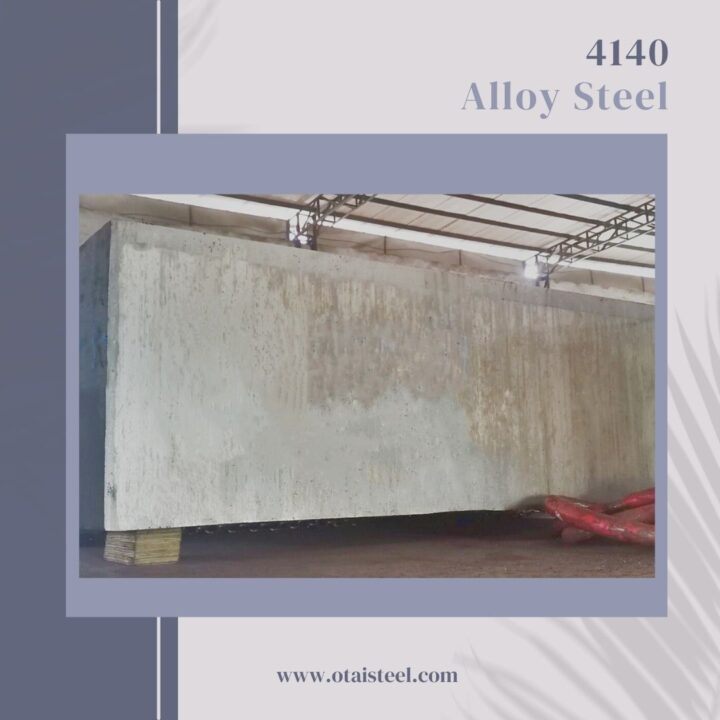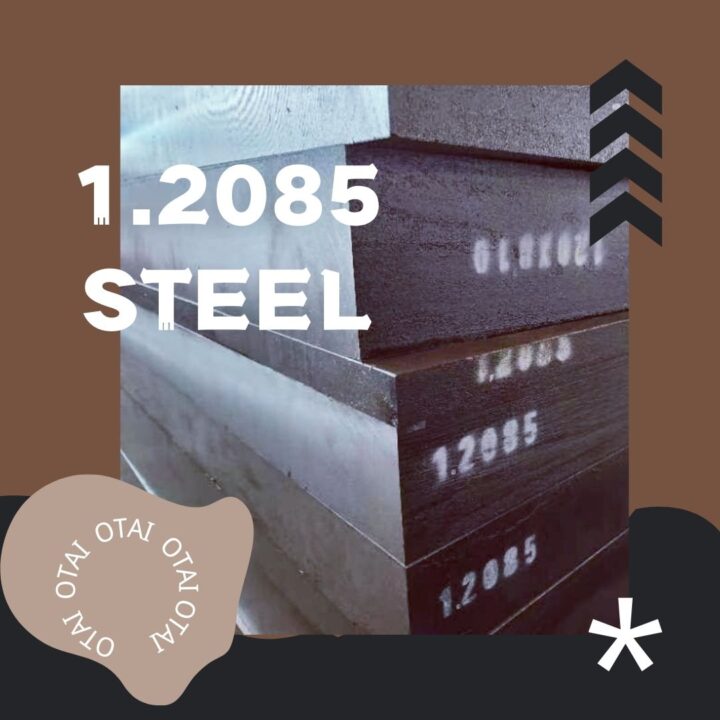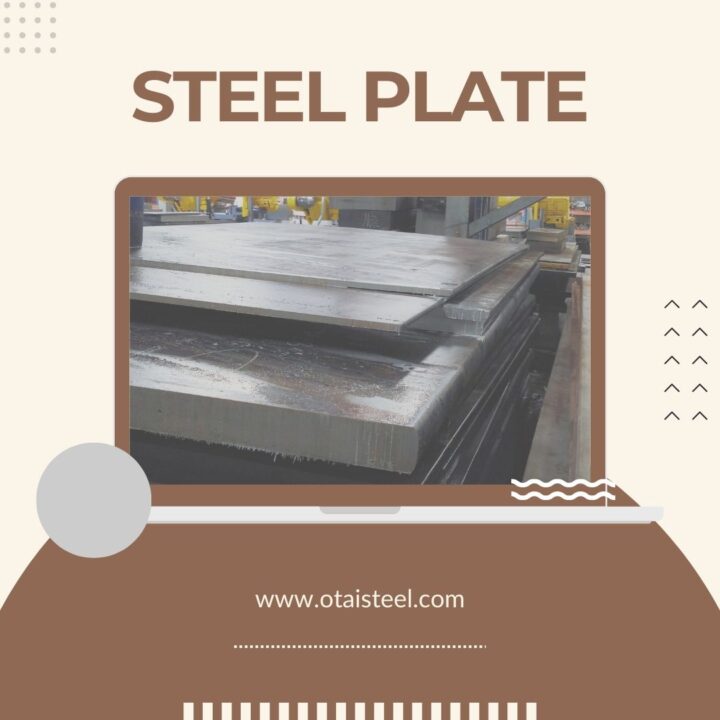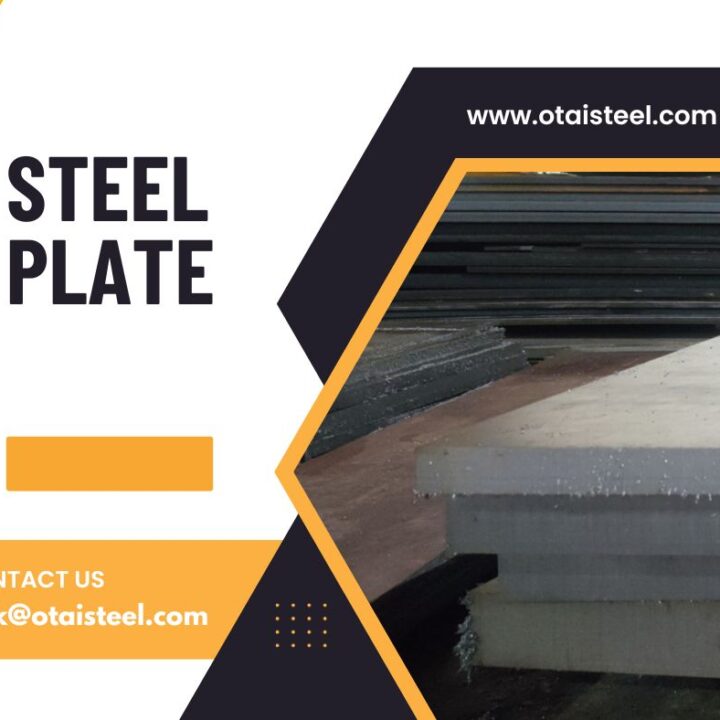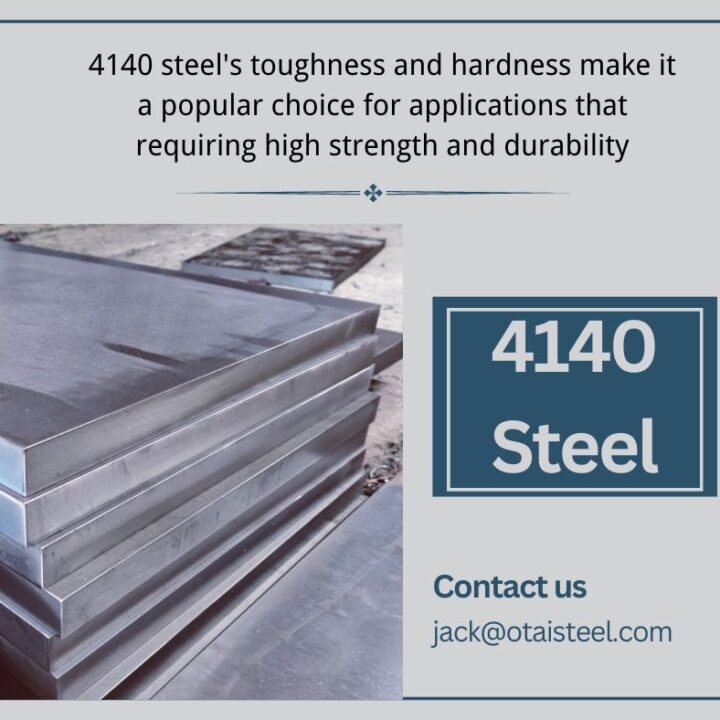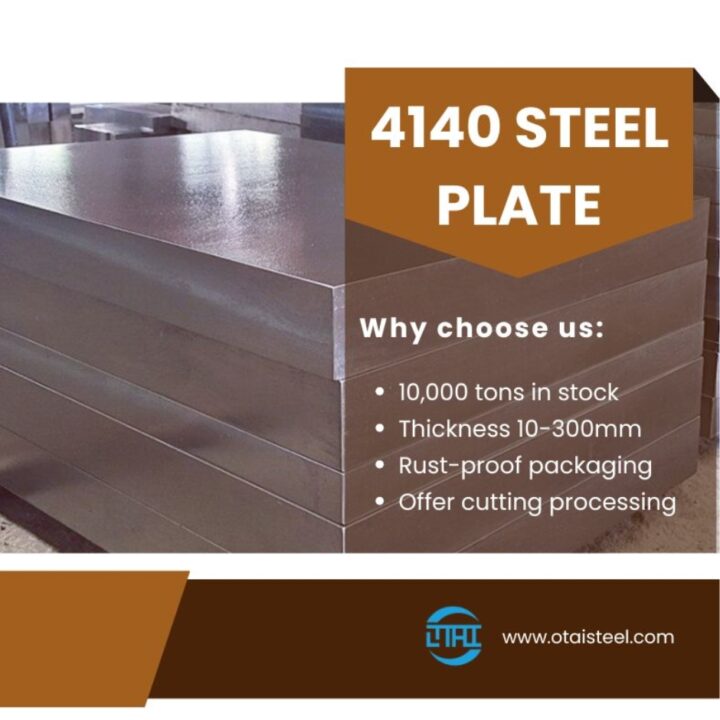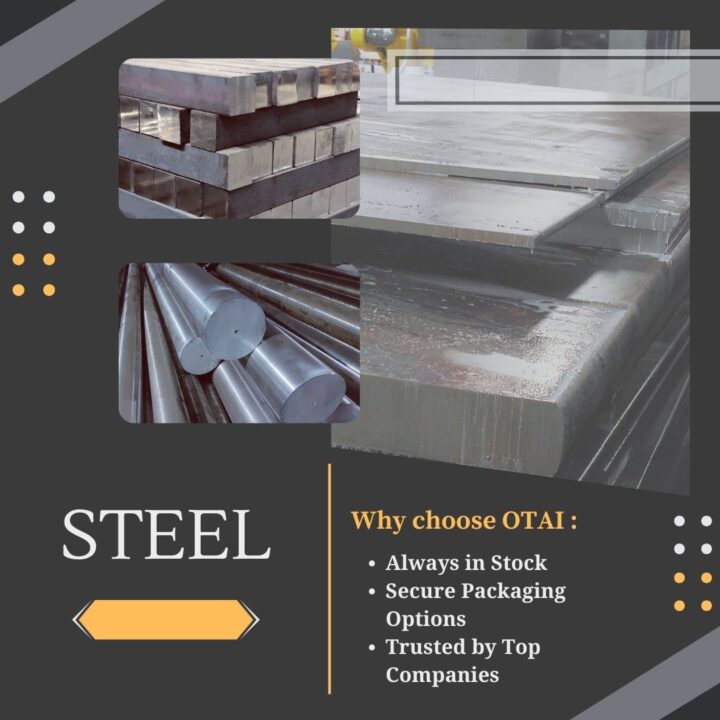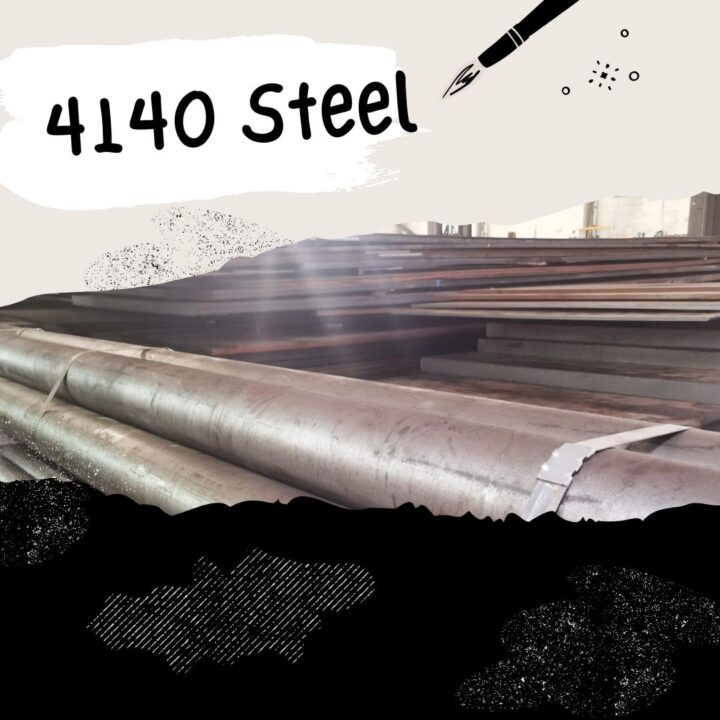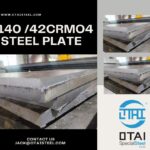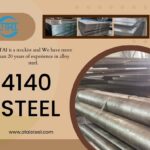Using 4140 Alloy Steel
Production-steel and Maintenance-steel
For most of us in the industry who will encounter grades of steel in our work-a-day-lives, we can generally categorize them into two separate camps: steel that is made into parts sold commercially to the general public and manufacturing companies, “production-steel”.
And, steel requires special properties to fix the machines that make those parts, “maintenance-steel”.
When working with steel to make things, the steel used for the tooling takes quite a beating. It may have to stand up to bending, breaking, or abrasive wear. It may be subject to twist, or corrosion.
Processing and Welding
4140 alloy steel is pretty much the “Defacto-Standard” for a good all-around general-purpose maintenance steel for replacement parts. It has been designed to possess high strength (sometimes referred to as ultra-high strength), along with noticeable resistance to gouging, bending, fatigue, wear, and to an extent even corrosion.
4140 may be supplied in several hardness ranges to deliver several levels of strength. In most cases, it is considered to be fairly machinable and weldable. You can forge it and bend it with caution.
It is considered to be a “through hardening steel”, but it will also accept surface hardening to maintain a ductile core. While it may on occasion be used in production manufacturing, as the steel that becomes the parts being made, it is generally not used where speed of machining is the requirement. With 4140, you will give up a little bit of machining time to gain strength and toughness. (Using 4140 Alloy Steel)
So, when do you use 4140 alloy steel?
Pretty much anywhere. It is a great all-around general maintenance alloy chrome, moly, and manganese steel. Great platform chemistry for many other application-specific steel grades. It is fairly resilient in thermal treatment and may be quenched in water, oil, or other mediums. It is readily machinable and weldable (standard low-hydrogen process), forgeable, and with limitations; formable. It is suitable for many various hardening methods including; furnace, flame, induction, carburization, and cryogenic treatment. There are improvements to the basic grade, but, keep in mind that as steel grades get pushed toward higher and higher levels of performance, they become more and more temperamental.

